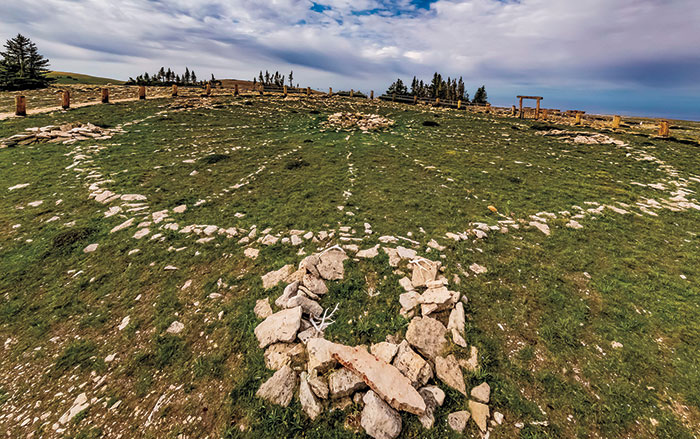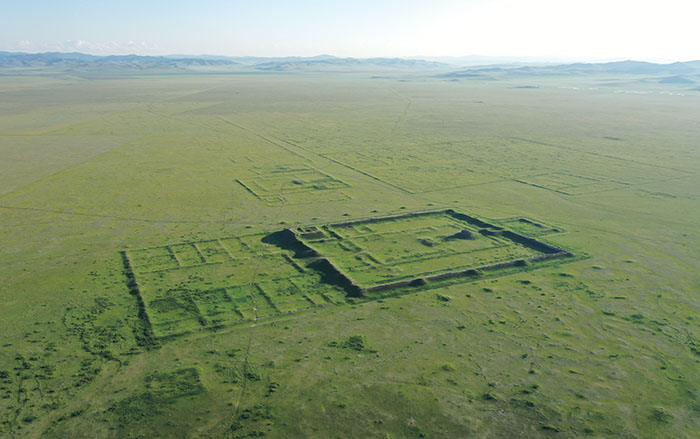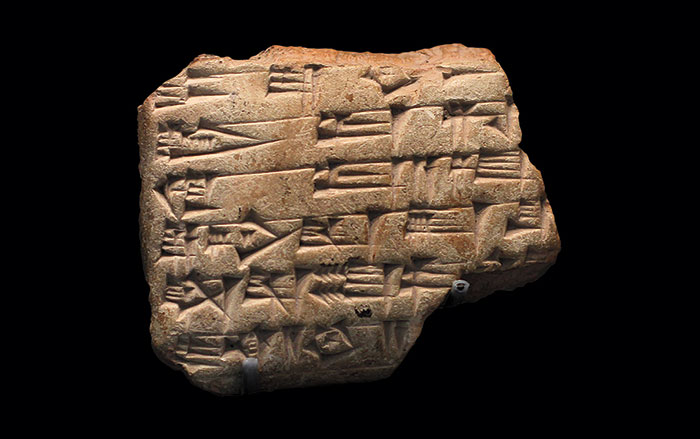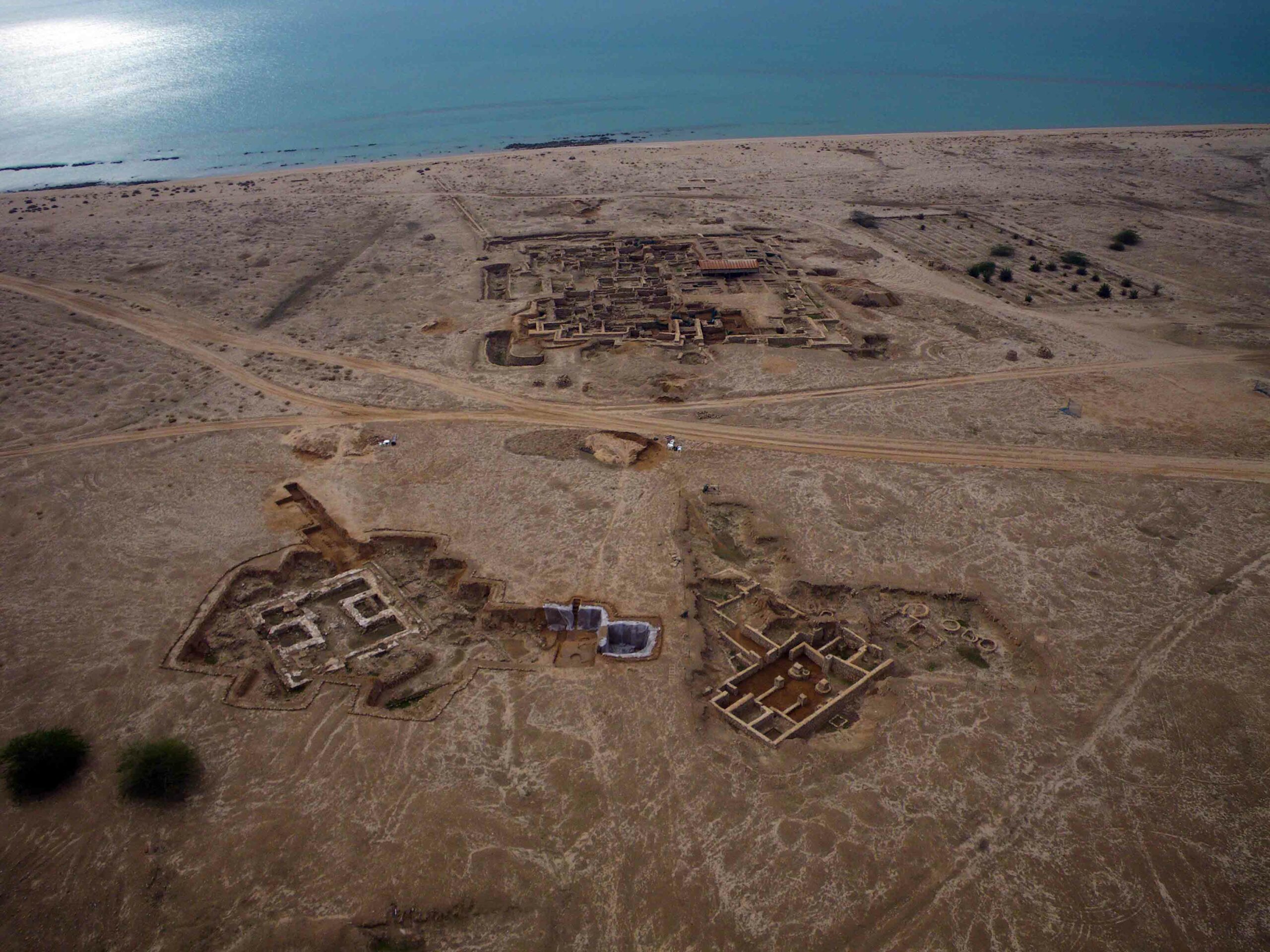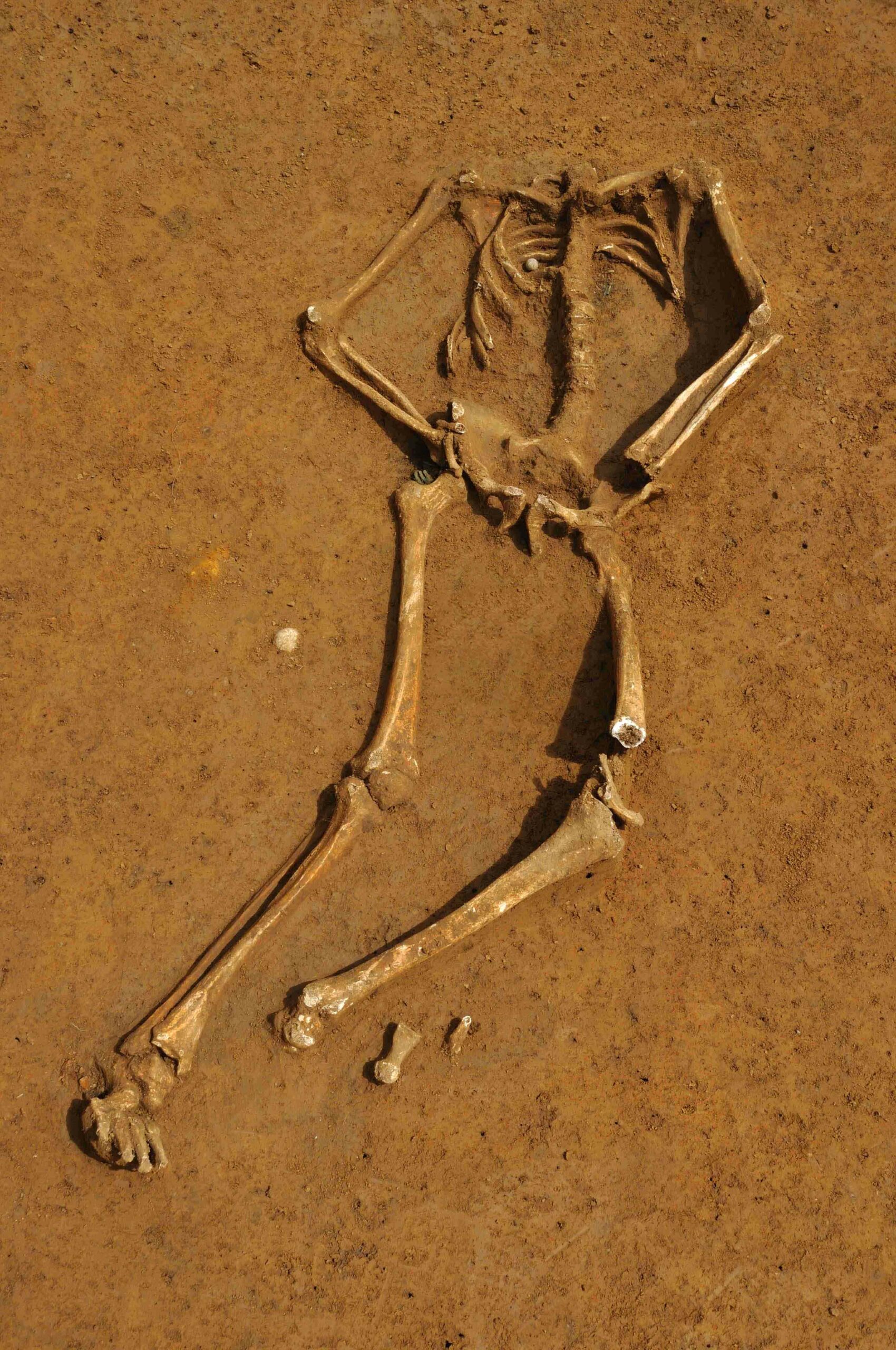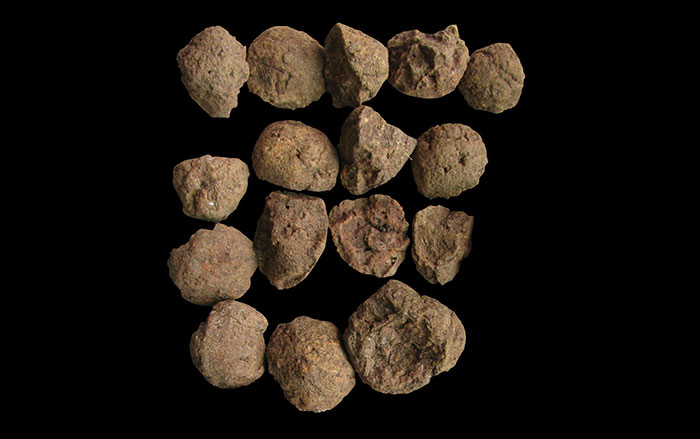
CUMBRIA, ENGLAND—Volunteers have been spending their time sifting through the piles of dirt left behind by moles in the earthworks at the second-century Roman fort of Epiacum. Over the years, the moles have brought pottery, glass, and even intact artifacts to the surface. “I realize it sounds a bit ridiculous, but it’s actually quite serious. We look at all the finds and we work out what’s going on in different parts of the fort and different kinds of pottery tell us what dates different buildings are,” said archaeologist Paul Frodsham of the North Pennines Area of Outstanding Natural Beauty. A recent survey by English Heritage has shown that there is a civilian settlement near the well-preserved fort.


